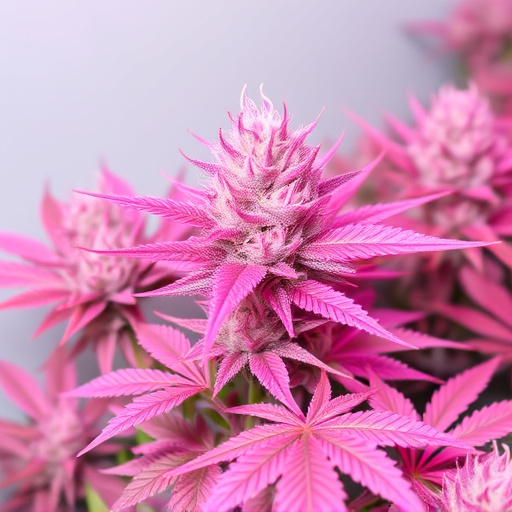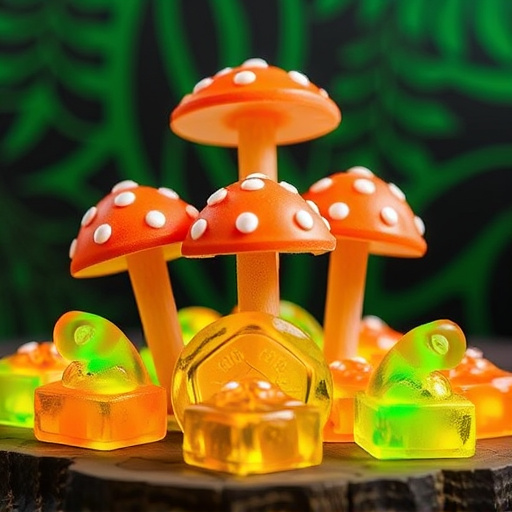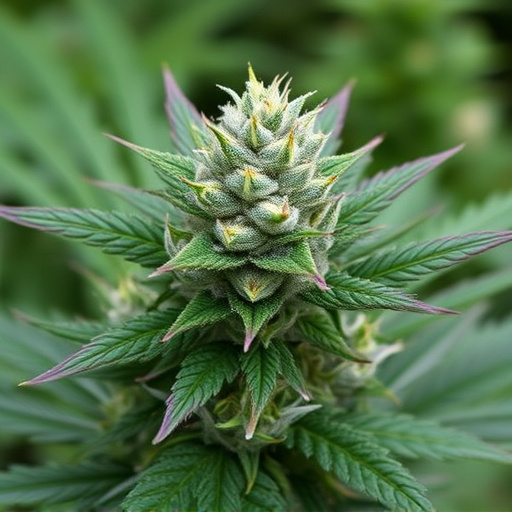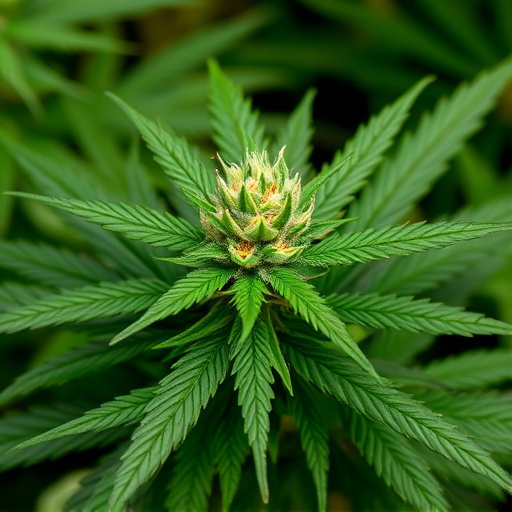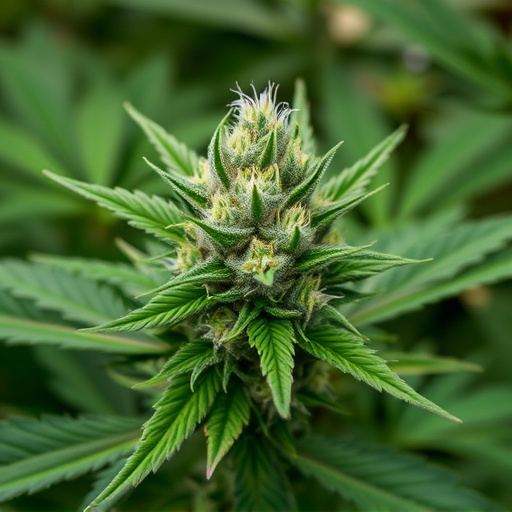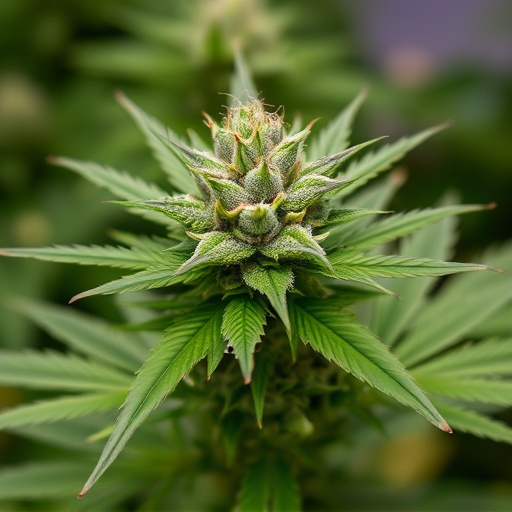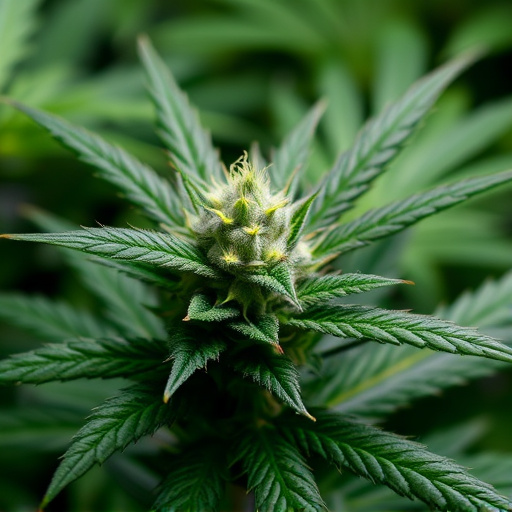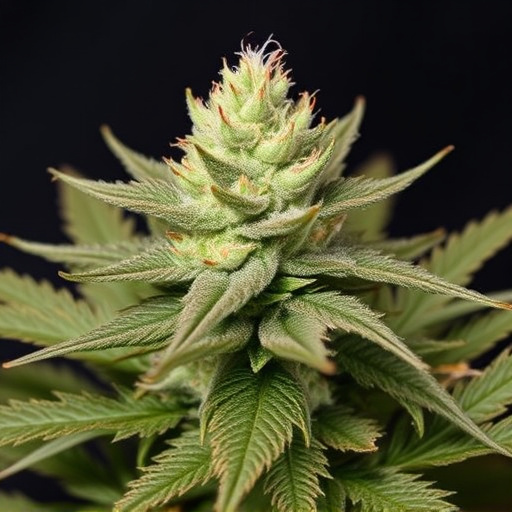The science behind cannabis and appetite shows that THC in cannabis binds to brain receptors controlling hunger, often leading to increased appetite ("munchies"). Different strains have varying effects: Sativa strains stimulate appetite due to their uplifting properties and high THC levels, while Indica strains may decrease appetite through sedative effects. Hybrid strains offer a spectrum of appetite-related effects. Cannabinoids like THC and CBD interact with the body's endocannabinoid system to regulate appetite. Specifically, THC stimulates hunger receptors, while CBD, popular in modern varieties, modulates appetite by binding to different receptors. Understanding these interactions can help leverage the best strains of cannabis for managing underactive or overactive appetites.
Discover why cannabis flower can stimulate your appetite. Cannabis has long been known for its impact on hunger, but science is only now uncovering the complex interplay between its chemical composition and our endocannabinoid system. This article delves into the science behind cannabis and appetite, explores the best strains for inducing hunger, and provides safety tips for responsible use, guiding you to make informed choices about this popular plant.
- The Science Behind Cannabis and Appetite
- – Exploring the chemical composition of cannabis and its interaction with the endocannabinoid system
- – Understanding the role of cannabinoids like THC and CBD in regulating hunger and food intake
The Science Behind Cannabis and Appetite
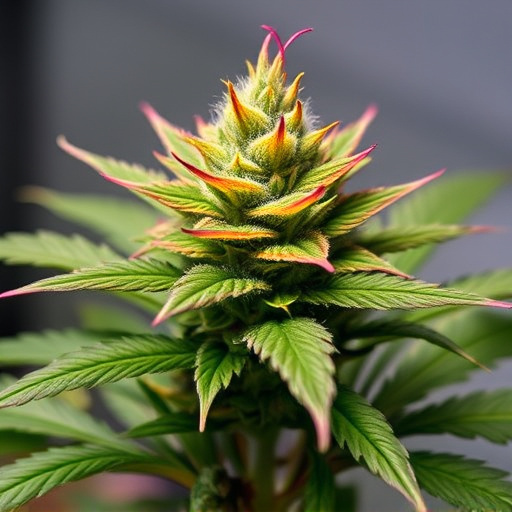
The science behind cannabis and appetite is fascinating. When cannabis enters our system, it interacts with our endocannabinoid system (ECS), which plays a crucial role in regulating various bodily functions, including hunger and metabolism. One of the primary compounds responsible for this effect is THC (tetrahydrocannabinol). THC binds to receptors in the brain that control appetite, leading to increased hunger or what’s often colloquially referred to as “the munchies.”
Research has shown that specific best strains of cannabis can have unique effects on appetite. Sativa strains, known for their uplifting and energizing properties, may stimulate appetite due to their higher THC content. Indica strains, on the other hand, are more sedative and can induce feelings of relaxation, sometimes leading to a decreased appetite. However, hybrid strains that combine traits from both sativa and indica offer a diverse range of effects, with some promoting enhanced hunger while others may suppress it.
– Exploring the chemical composition of cannabis and its interaction with the endocannabinoid system
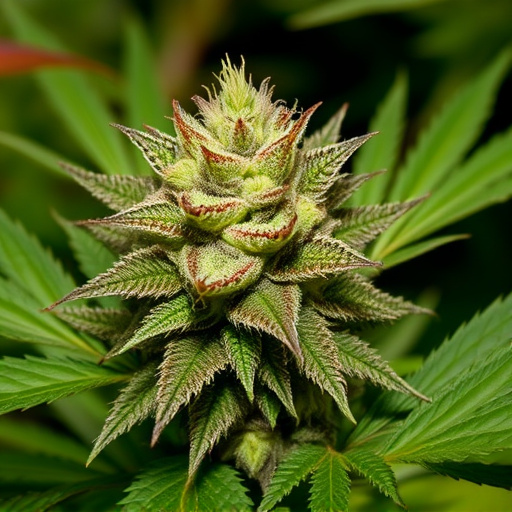
Cannabis flower’s effect on hunger is rooted in its complex chemical composition and interaction with our body’s endocannabinoid system (ECS). Cannabis contains a group of compounds called cannabinoids, the most well-known being THC and CBD. These cannabinoids bind to receptors in the ECS, which plays a key role in regulating various bodily functions, including appetite.
THC, in particular, is known for its appetite-stimulating properties. It binds to CB1 receptors in the brain, particularly those involved in hunger and reward. This activation can lead to increased cravings and consumption of food. Certain best strains of cannabis, high in THC, are renowned for their ability to induce a strong hunger sensation. On the other hand, CBD, prevalent in many modern cannabis varieties, has been shown to have opposite effects, sometimes even suppressing appetite due to its interaction with different receptors in the ECS.
– Understanding the role of cannabinoids like THC and CBD in regulating hunger and food intake
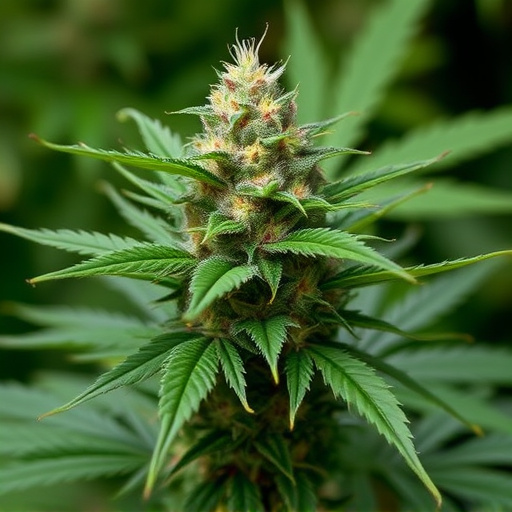
Cannabis flower’s impact on appetite is a fascinating aspect of its overall effects, primarily attributed to the presence of cannabinoids, namely THC (Tetrahydrocannabinol) and CBD (Cannabidiol). These compounds play a crucial role in regulating hunger and food intake by interacting with the body’s endocannabinoid system. This system is a complex network of receptors located throughout the brain and body that help maintain homeostasis, or balance.
THC, known for its psychoactive properties, stimulates specific receptors in the endocannabinoid system, leading to increased hunger or ‘munchies’. Studies suggest this effect might be more pronounced in certain best strains of cannabis, which have higher THC concentrations. On the other hand, CBD, often sought after for its potential therapeutic benefits without the psychoactivity, has been shown to modulate appetite by binding to different receptors, potentially reducing excessive eating and cravings. Understanding these cannabinoid interactions offers insights into managing both appetites that need stimulating and those that are overactive.
Cannabis’ effect on stimulating appetite is well-documented, with various strains offering unique combinations of cannabinoids that can enhance hunger. The best strains of cannabis for this purpose often contain higher levels of THC, known for its direct interaction with the endocannabinoid system’s CB1 receptors, which play a significant role in regulating food intake. While CBD also contributes to this effect indirectly, research suggests that specific ratios of THC to CBD can optimize appetite stimulation without causing discomfort. Understanding this science allows users to make informed choices when seeking cannabis strains to enhance their eating experience.



